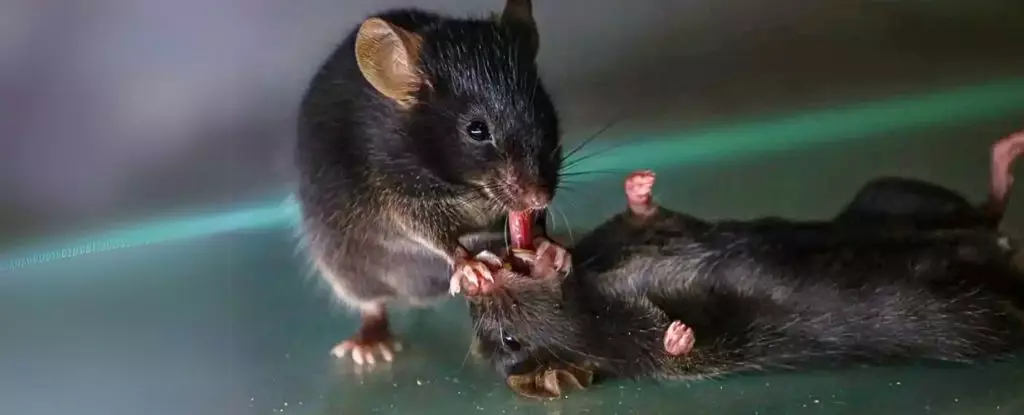Recent research has opened a fascinating window into the world of rodent behavior, particularly focusing on the acts of compassion and aid exhibited by mice towards their incapacitated companions. While the notion of altruism is often reserved for species with larger brains and more complex social structures, such as dolphins and elephants, these studies suggest that the root of caring behavior may extend far deeper into the mammalian lineage than previously understood. This study, conducted by researchers at the University of Southern California (USC), reveals that mice possess an extraordinary propensity for assisting their fellow beings in critical situations.
The intriguing aspect of this research is the biological mechanisms underpinning these altruistic actions. Through meticulous observation, scientists found that when presented with unconscious or immobile companions, the examining mice would engage in what has been termed ‘first aid’. This involved a tongue-pulling technique that notably widened the airways of the unconscious peers, facilitating their recovery. This not only emphasizes the physical aspects of their responses but also hints at a deeper neural framework governing such behaviors.
The data also showcased the activation of specific brain regions associated with involuntary functions and hormonal responses. Notably, in the medial amygdala—a brain area linked to social behaviors—activity surged during these interactions, indicating a neural circuit specifically tuned for caregiving. The researchers highlight oxytocin, a hormone known for its role in social bonding, as elevated in the helper’s brain post-rescue efforts, reinforcing the innate connections between empathy and physiological responses.
While the study makes a compelling case for the emergence of altruistic behaviors in mice, an important point raised by the researchers is the uncertainty surrounding the conscious intentions behind these actions. While it is tempting to attribute these first aid-like behaviors to a deliberate quest to help, it is equally plausible that these acts emerge from instinctual responses rather than conscious thought. The observation that these rescues persisted across numerous trials suggests a more complex motivational framework than mere curiosity, indicating a level of situational awareness and context recognition among the mice.
The preference shown by mice towards assisting familiar companions over strangers posits another layer of complexity. This familiarity bias indicates an advanced level of social cognition, wherein the aiding behaviors are not reflexive but are rather informed by the identity and relational history of the other mouse. Such insights challenge the previously held perceptions of mouse intelligence and further the discussion on the cognitive capacities of smaller mammalian species.
The experimental setup involved presenting conscious mice with various scenarios, including interactions with companions that were either unconscious or immobilized. Under these conditions, an astounding 50% of the mice engaged in tongue-pulling behavior, demonstrating their need to assist their fellow rodents. The trials also noted significant behavior of removing obstructions from the mouths of anesthetized peers, with a staggering 80% success rate in such interventions. However, certain stimuli, like objects placed in the mouse’s rectum or genital areas, did not elicit any response, shedding light on the selective nature of their caregiving.
Moreover, it was crucial to distinguish between death and simple sleep in this context, as the caring behaviors were predominantly directed towards those that were genuinely incapacitated, highlighting a recognition of life that transcends mere observational reflexes. These elements of design elucidate the reasons behind the observed behaviors, from initial sniffing to intense physical interaction, showcasing the intricacies of mouse social behavior and cognitive abilities.
The implications of this study extend beyond insights into mouse behavior, inviting a re-evaluation of the evolutionary roots of altruism and the frameworks surrounding social interaction within the animal kingdom. While the behaviors observed may lack the complexity of human empathy, they reveal an underlying framework of care that resonates across species boundaries. Understanding these behaviors allows for greater appreciation of the social structures in smaller mammals and underscores the idea that compassion and empathy may be inherently woven into the very fabric of mammalian evolution. In exploring such phenomena, we can gain invaluable perspectives on the roots of social behavior and the interconnectedness that exists within the animal world.

